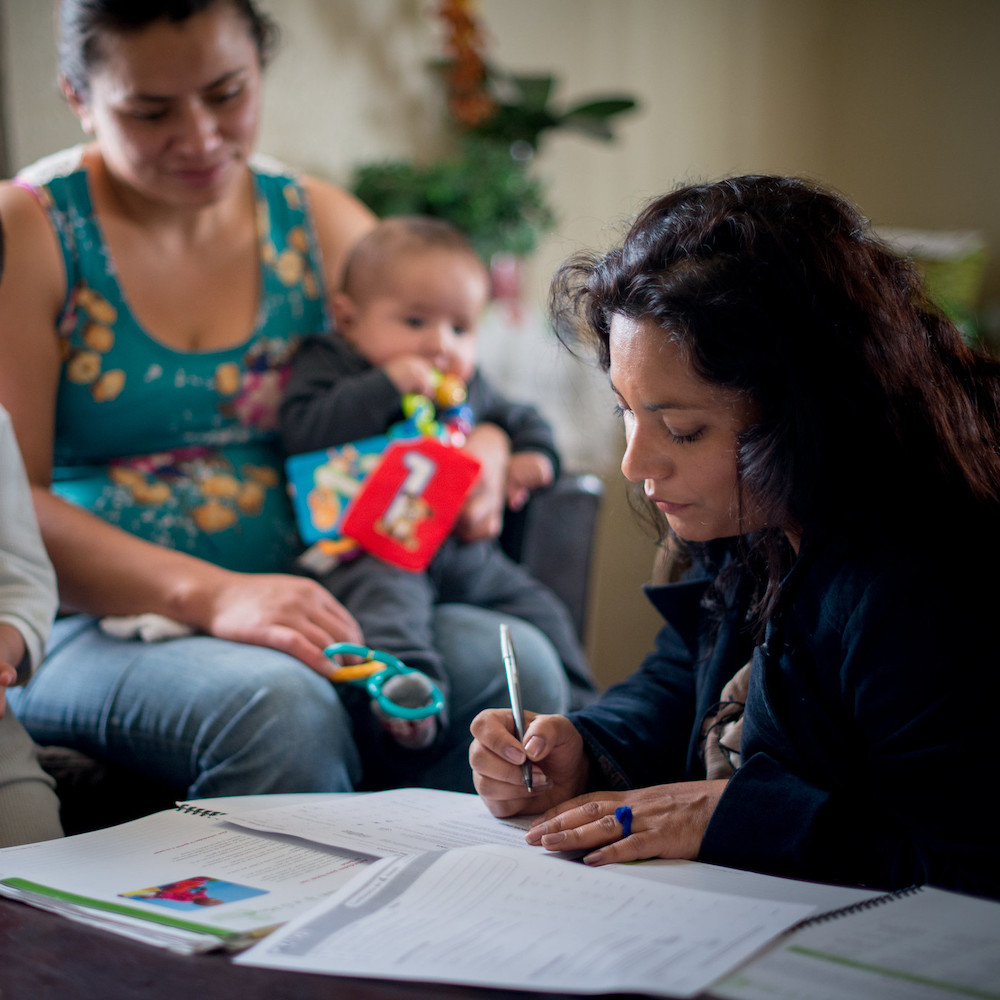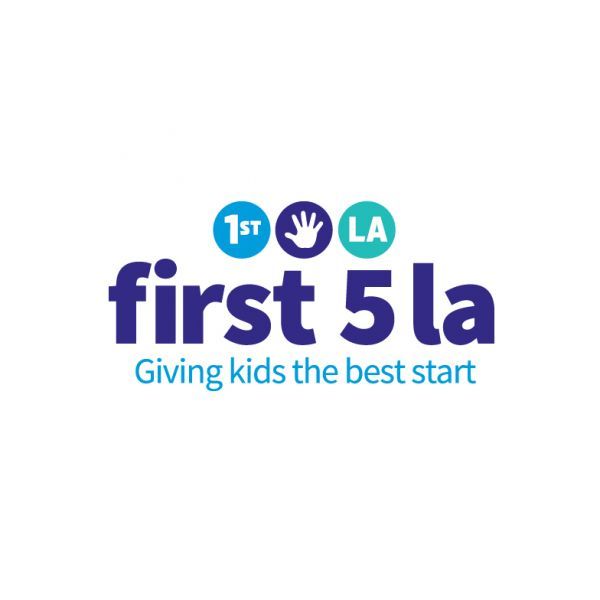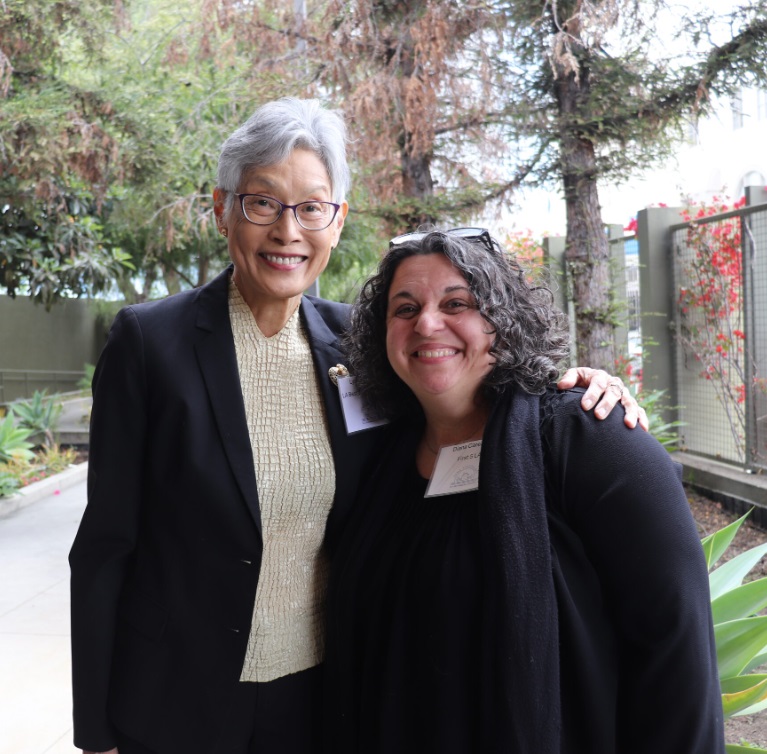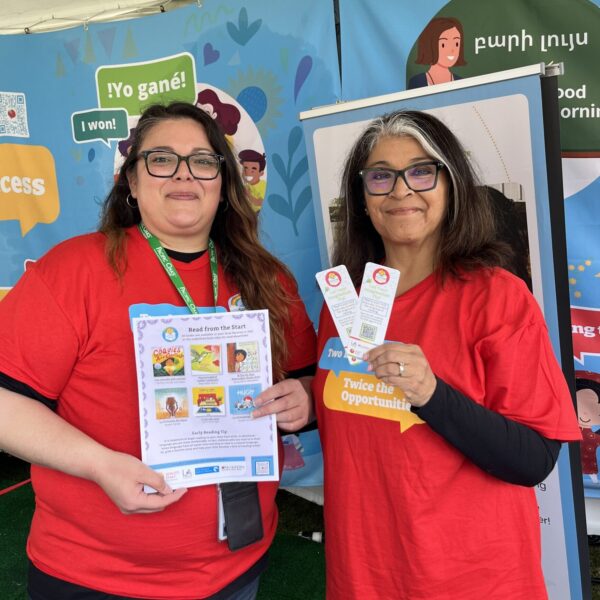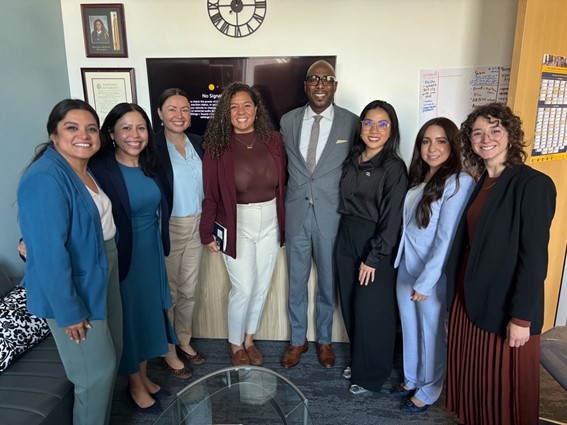June 30, 2022
Recognizing the unique role that home visiting programs play in strengthening and supporting families in the wake of the COVID-19 pandemic, home visiting is poised for a major expansion with increased funding from government and private sources and more referral pathways outside hospital settings on the way.

John Wagner, executive vice president of First 5 LA’s Center for Child and Family Impact
“Home visiting is in a critical moment,” John Wagner, executive vice president of First 5 LA’s Center for Child and Family Impact, told some 600 home visitors and allies during the 2022 Family Strengthening Network Summit that took place earlier this month.
The annual event, held online for the third consecutive year due to the pandemic, recognizes and celebrates the achievements of home visitors in L.A. County, which has the nation’s largest home visiting network and serves as a model for other municipalities with such programs.
First 5 LA has long been a key proponent and funder of free and voluntary home visiting programs that provide families with a trusted partner who comes regularly to the home to offer information and support that strengthen parent-child relationships, as well as connections to other programs such as food aid, parent support groups, mental and health care services, lactation support and more. Home visiting has been shown to strengthen parental capacity, enhance child development and increase child safety.
In L.A. County, home visiting is delivered through the Welcome Baby program, which families participate in for up to nine months, and the more intensive Healthy Families America and Parents As Teachers programs, which offer three to five years of support.
California’s state budget for fiscal year 2022-23 calls for a $37.5 million increase in funding for home visiting, while First 5s across the state are coming together to form a “think tank” to share and develop ideas for further funding and expansion of programs, Wagner said.
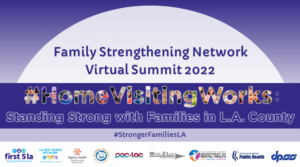
In L.A. County, the Department of Public Health is using grant funding to develop an integrated database that will connect and pull in key information from three existing databases. The collected information will help tell the story of how home visiting impacts the County, as well as third-party payers such as Medi-Cal, the state’s health insurance system for low-income residents for home visiting services, said Dr. Deborah Allen, deputy director of L.A. County’s Department of Public Health.
Additionally, more ways to expand home visiting outreach beyond maternal visits to hospitals are being developed to include community organizations and L.A. County agencies such as the Department of Children and Family Services and the Department of Probation and Corrections. Negotiations are also ongoing with private insurers to make home visiting a covered service that they can offer.
“We’re very excited,” Allen said. “We see these as important but just preliminary steps to make home visiting more effective and efficient to meet the needs of a larger, more inclusive range of families.”
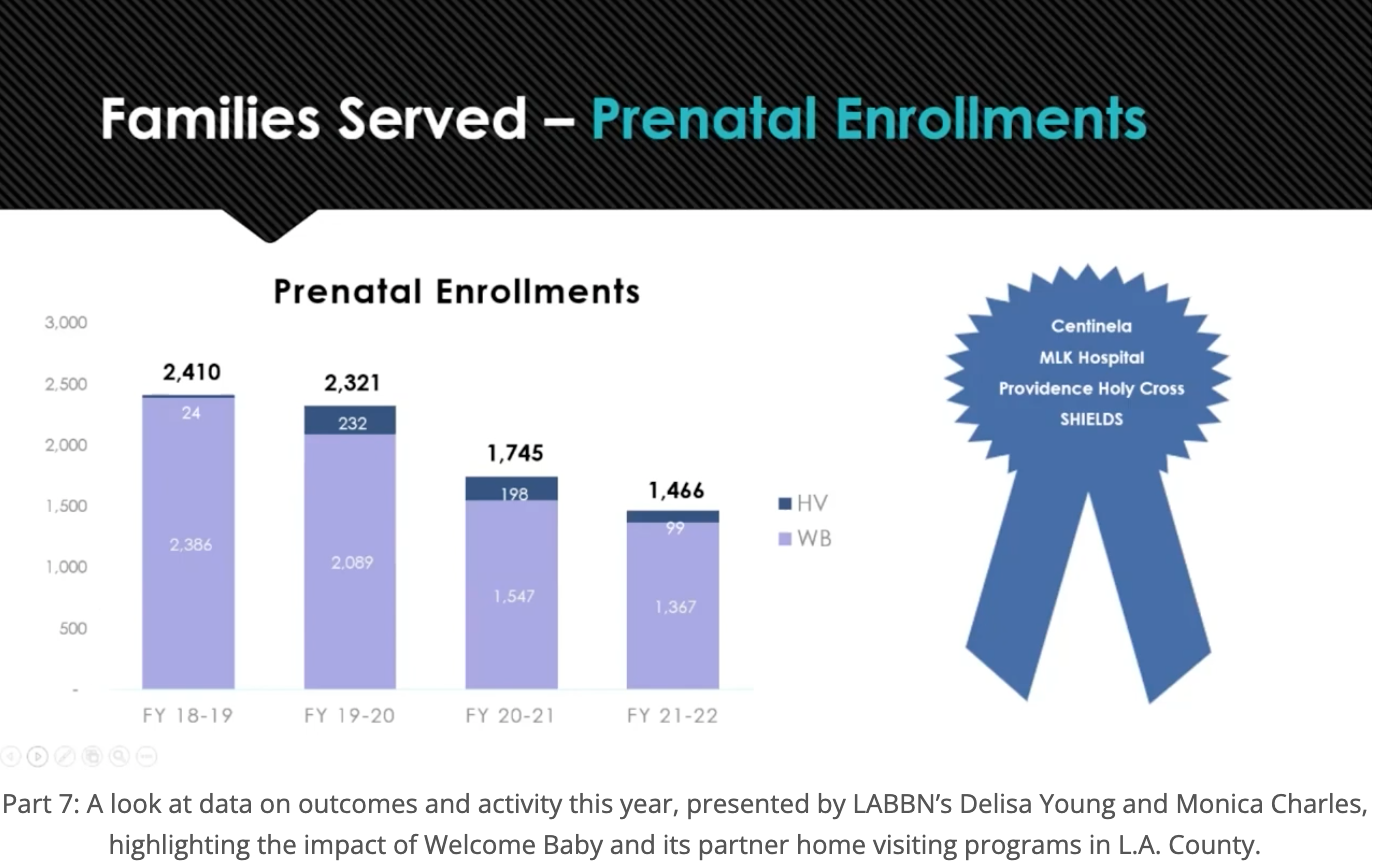
The increasing momentum for home visiting comes as the pandemic has contributed to a decrease in the number of families enrolled in the programs. A key reason behind the decline was the high number of people moving out of L.A. County during the ongoing public health emergency, which has affected workforce availability and other factors across a wide swath of occupations and industries. Outreach to new or expecting parents also became more difficult as in-person venues and settings where parents were typically reached — such as community events, fairs, and visits to clinics and hospitals — transitioned online, according to First 5 LA Family Supports Director Diana Careaga.
Pre-natal enrollment, for instance, is at 1,466 parents this fiscal year, down from 2,410 four years ago, according to figures presented by Delisa Young, manager of data and evaluation for LA Best Babies Network, which hosted the summit and supports home visiting programs with technical assistance and trainings. Meanwhile, post-partum enrollment decreased over the last fiscal year from 1,301 to 673. The number of visits completed in the Welcome Baby program dipped from 73,324 last year to 60,893 this year.
One bright spot, however, was an increase in the enrollment rate: This year, 84 percent of parents approached in hospital settings subsequently enrolled in Welcome Baby, up from 76 percent last year.
The summit showcased brief video testimonials of families who have used home visiting over the past year. In a moving segment, Darren Hernandez recommended the Parents as Teachers program to single fathers like himself. “I have learned so many things I didn’t know about being a dad,” he said, adding that patience and compassion were among them. “This program is so truly needed for those men who want to be great dads who don’t have the mother at home.”
Chanelle Johnson, who participates in Healthy Families America with her third child, said home visiting has made her a better mother. “I wish I had the program when my other two kids were babies,” she said. “I recommend it for all mothers.”
The event also featured an entertaining but heartfelt keynote speech from executive coach Shola Richards, founder and CEO of Go Together Global. Richards shared with home visitors several tips on how to develop resilience that could help them cope with the uncertainty of current times. He encouraged home visitors to focus on what they could control, do the right thing just for today, create a strong safety network and protect their priorities with boundaries.
The summit also featured a performance by members of Street Poets Inc., who read several poems and a short story. The nonprofit group encourages using the creative process to achieve personal healing and transformation.
In a video message, L.A. County Supervisor Hilda Solis extolled the achievements of home visitors, citing their endeavors as “valuable and precious work.” An ardent proponent of expanding the evidence-based service, Solis authored a motion earlier this year proclaiming April 8 as L.A. County’s first Home Visiting Day.
“You have become a lifetime support to so many,” she told the home visitors. “Home visiting is such an important service and one we need to invest in across the county.”
